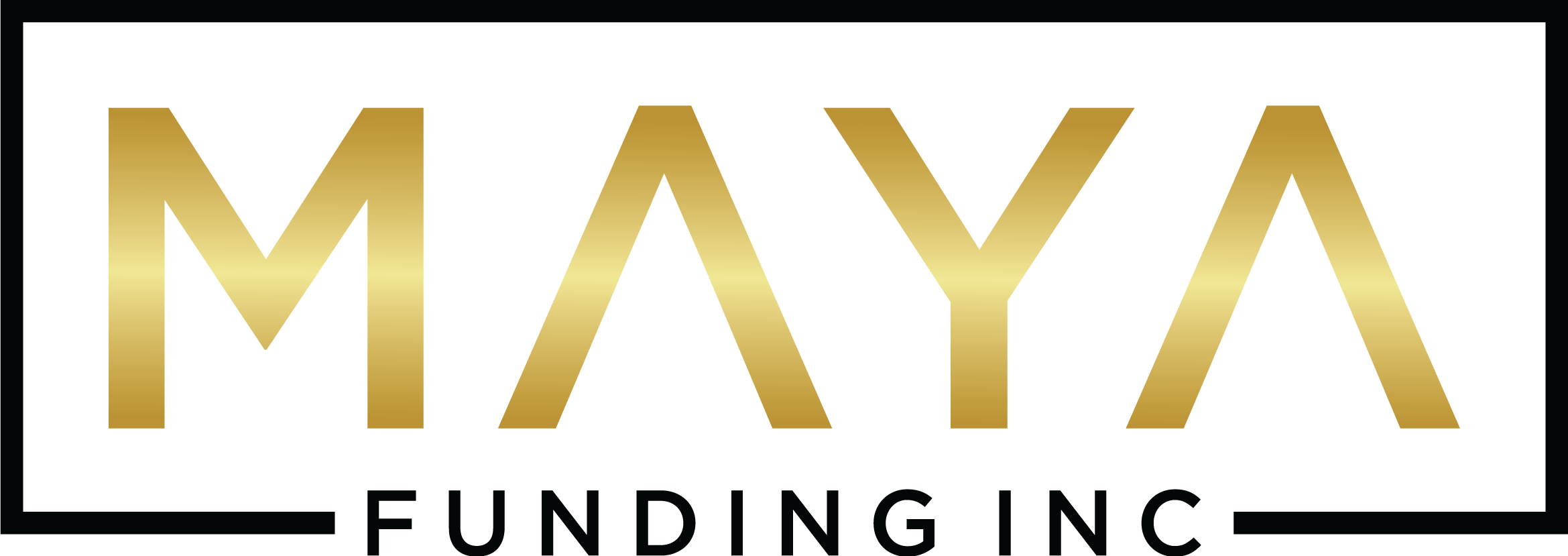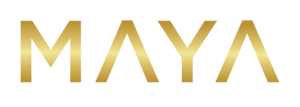USDA Business and Industry Loans
What is a USDA Loan?
USDA Business and Industry financing refers to loans facilitated through a government initiative specifically tailored for rural small businesses, aiming to enhance lending opportunities for creditworthy borrowers. Administered by the Rural Business and Cooperative Program, a division of USDA’s Rural Development, the program seeks to foster economic growth in rural regions with populations under 50,000 by enabling private commercial lenders (including federal or state-chartered banks, savings and loans, farm credit banks, and credit unions) to offer loans with government guarantees.
With the USDA Business and Industry guarantee, lenders can provide borrowers with improved terms, including better rates and longer repayment periods, as the government’s involvement reduces the lender’s risk. These loans are typically fully-amortized term loans, with lines of credit not being offered. While borrowers may be headquartered in larger areas, the specific business project must be situated in a rural area, while the USDA lender can operate from any location.
In the event of borrower default, the government pledges to cover lender losses up to $25 million. Loan guarantees are structured accordingly: [details of the loan guarantee structure may follow].
- 80% for loans of $5 million or less
- 70% for loans between $5 – $10 million
- 60% for loans over $10 million
USDA Uses
The majority of rural small businesses, both for-profit and nonprofit entities, including manufacturing firms, wholesale traders, as well as businesses in the retail and service sectors, typically fulfill USDA eligibility criteria. These businesses can utilize USDA Business and Industry Loans for a wide range of purposes, barring a few exceptions such as owner-occupied housing, golf courses, churches, and certain lending organizations.
Eligible businesses may employ USDA Business and Industrial Loans for the following purposes: [details of eligible uses may follow].
- Initial Business Expenses
- Business Repair, Modernization, and Expansion
- Acquisition and Development of Land, Buildings, and/or Facilities in Rural Communities
- Equipment purchases
- Enhancements to Leasehold Properties
- Machinery purchases
- Purchase supplies
- Purchase inventory
- Refinance business debt (if it creates jobs)
- Business and industrial acquisitions
Details
- Origination fee: 3%
- Renewal fee: 0.5% of principal
- Max real estate term: 30 years
- Max term on machinery and equipment: 15 years
- Maximum working capital term: 7 years
- No balloon payments
- Down payment existing businesses: 10%
- Down payment startups: 20%
- Personal guarantee required: Yes
Documents
- Credit application
- Business tax returns
- Financial statements
- Schedules of liabilities
- Personal tax returns
- Personal financial statement
- A/R and A/P aging schedules
- Appraisals (if applicable)
Pros
- Better rates than many other forms of financing
- Access to capital where it wouldn’t have been available before
- Long terms
Cons
- Geographical Limitations
- Requires good credit
- Requires 10-20% downpayment
- Fees can be expensive

